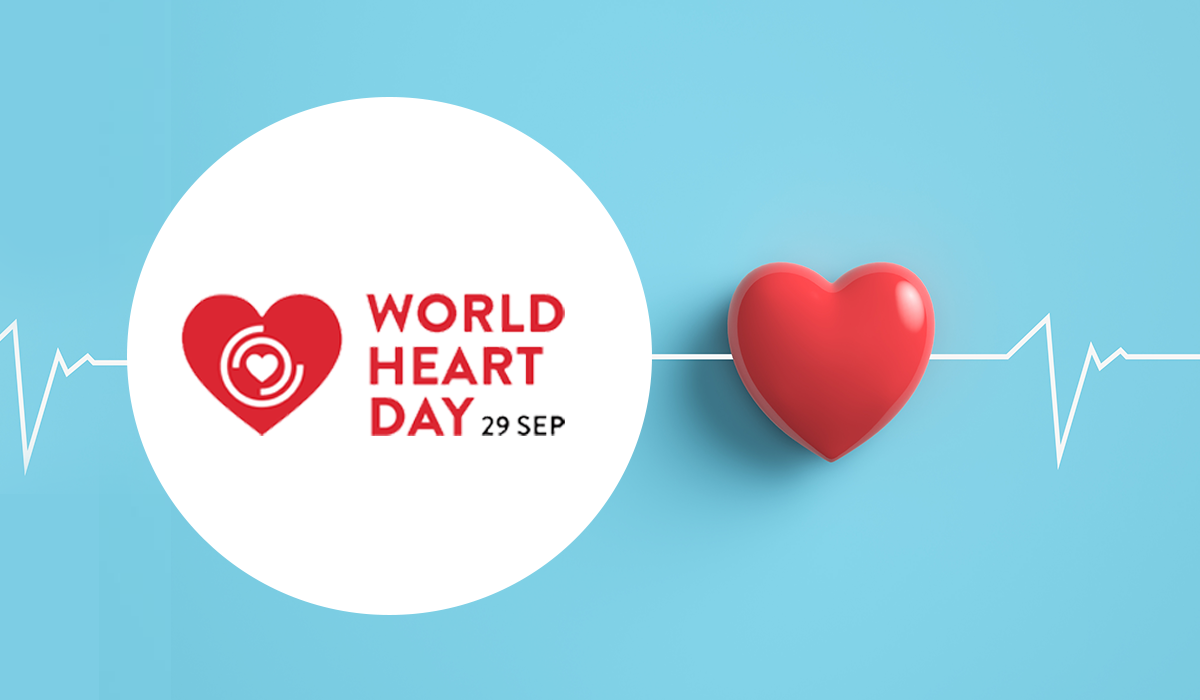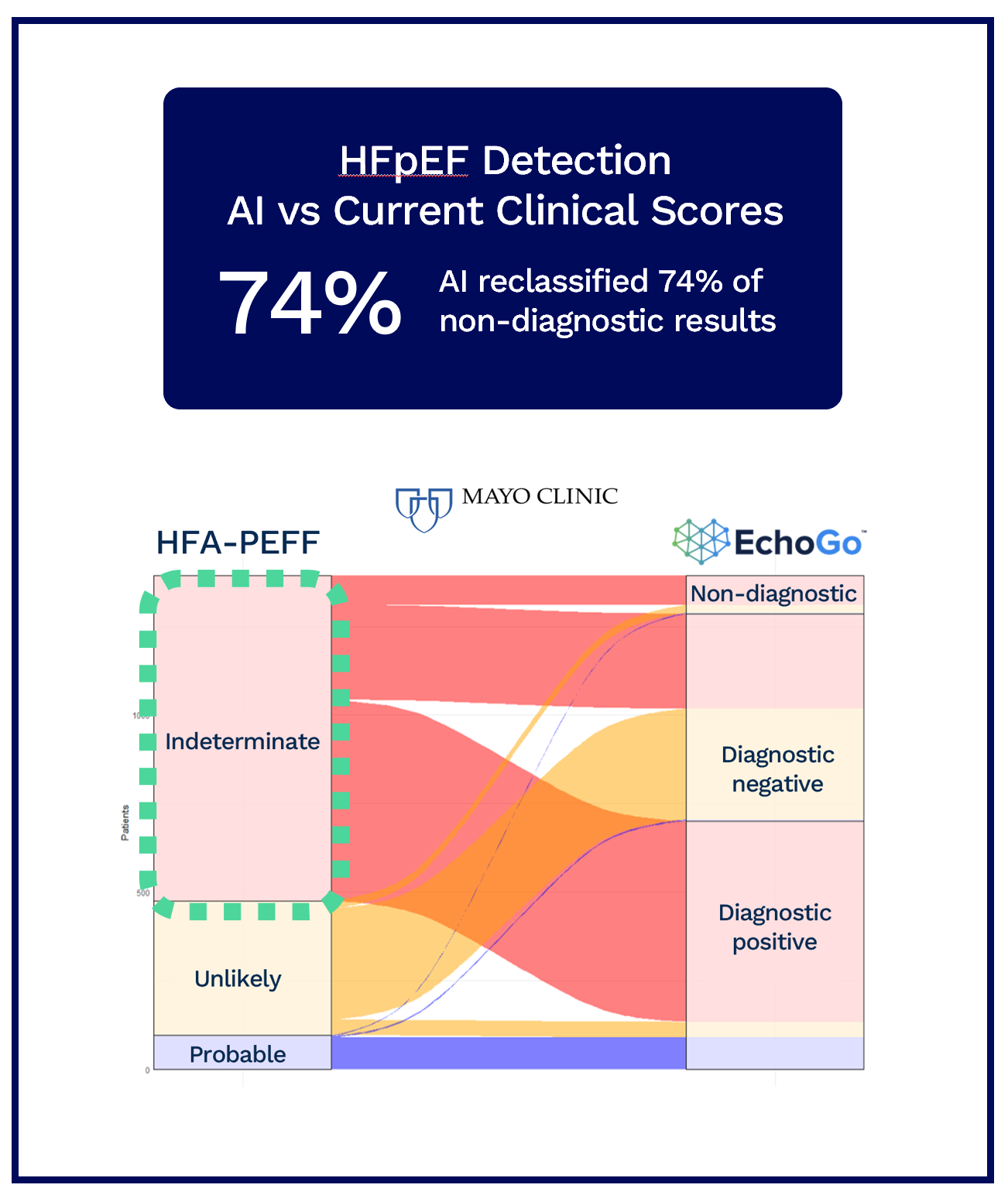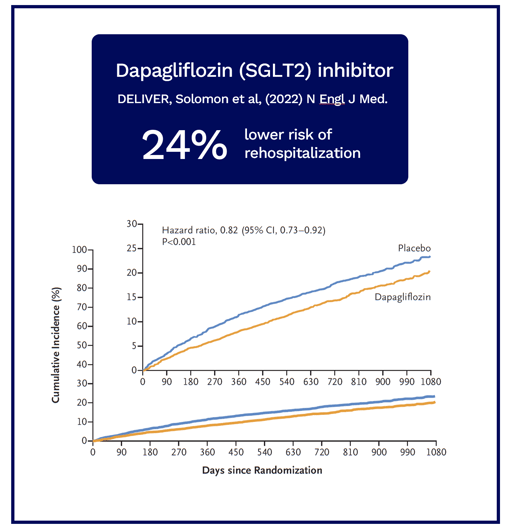
Top Advances in Echocardiography Transforming Cardiac Imaging on World Heart Day
- | By Ultromics
- Articles, ASE2023, partnerships
In honor of World Heart Day on September 29, we're diving into the world of cardiovascular diagnostics.
Echocardiography, one of the most widely used screening and diagnostic modalities in healthcare, has seen a resurgence thanks to advances and groundbreaking innovations within the last few years. Join us as we explore the top trends shaping these diagnostic methods.
1. Artificial Intelligence (AI) - Powering Precision Diagnosis and Efficiency
AI and machine learning have been revolutionary in echocardiography interpretation and informing clinical decisions, enhancing speed and accuracy. These technologies assist in detecting abnormalities, quantifying cardiac function, and streamlining workflows.
While the concept of AI may seem futuristic to healthcare providers, AI is already integrated across the healthcare sector. With the patient population steadily increasing, AI stands as a potential solution to expedite or even automate echocardiography diagnosis, thereby empowering clinicians to efficiently attend to a larger number of patients.


Read More: Study Confirms Ultromics’ AI Can Improve HFpEF Detection Using a Single Echocardiogram View

2. Interventional Echocardiography - Guiding Complex Procedures
Interventional echocardiography has evolved and expanded its applications to become a critical tool in guiding an array of complex medical procedures. One significant application is in transcatheter aortic valve replacements (TAVR), a minimally invasive procedure that revolutionizes aortic valve disease treatment. Interventional echocardiography provides real-time visualization, aiding in precise valve placement and ensuring successful outcomes.
Beyond TAVR, interventional echocardiography plays a vital role in guiding transcatheter valve repairs and replacements for various heart valves. This technology empowers clinicians to perform intricate interventions, improving the quality of care.
Sealing heart defects is another crucial application. Echocardiography identifies defects and guides the placement of closure devices, offering effective, minimally invasive solutions.
Additionally, interventional echocardiography is increasingly utilized in treating hypertrophic cardiomyopathy (HCM), a condition marked by abnormal heart muscle thickening. Echocardiographic imaging helps visualize hypertrophy, aiding in treatment planning and execution, enhancing patients' quality of life.
3. Emerging Therapies for Treatment of Heart Conditions
In recent years, there has been a notable surge in the development and adoption of novel drug therapies aimed at addressing various cardiovascular conditions, such as atrial fibrillation and heart failure. These therapies, including Sodium-Glucose Cotransporter Inhibitors (SGLTis), represent a significant advancement in cardiovascular care.


Read More: Emerging therapy for HFpEF: SGLT2 inhibitors

One exemplary case is the use of SGLTis, originally designed to manage diabetes, but scientists have now found a new and crucial role in treating heart conditions. These drugs have demonstrated remarkable efficacy in reducing the risk of heart failure hospitalizations and improving outcomes for patients with heart failure. Additionally, they exhibit the potential to mitigate the risk of atrial fibrillation, a common and concerning cardiac arrhythmia.
This emerging class of pharmaceuticals not only showcases the constant evolution of cardiovascular treatments but also underscores the importance of echocardiography in monitoring treatment response and patient outcomes. Echocardiography plays a vital role in assessing changes in cardiac structure and function, enabling clinicians to tailor drug regimens to individual patients for optimal results.
4. New Reimbursement for Technological Advancements
The adoption of innovative medical technologies has become more accessible and feasible for clinical sites thanks to the growing support of reimbursement. This transformative shift signifies a pivotal change in the landscape of healthcare, clinical sites now benefit from improved reimbursement support, alleviating concerns about return on investment and fostering a climate of innovation.
This shift is particularly impactful in areas like echocardiography, where advanced technologies hold the potential to enhance diagnostic precision and improve patient management. With CMS recognizing the value of these innovations, clinical sites are empowered to readily embrace them, ultimately improving patient care and outcomes.
Addressing the financial challenges associated with adopting new medical technologies has been a paramount concern for healthcare organizations and professional societies like the American Society of Echocardiography (ASE). To navigate this intricate landscape, the ASE has proactively established strategic partnerships with a select number of industry vendors, which has proven to be an effective approach in surmounting funding and reimbursement obstacles.
In this evolving landscape, healthcare providers can navigate reimbursement complexities with confidence, ensuring that the latest advancements are accessible to all. The combined efforts of CMS, clinical sites, and organizations like ASE are driving progress and innovation, advancing the field of healthcare for the benefit of patients everywhere.
In conclusion, as we celebrate World Heart Day, the realm of cardiovascular diagnostics, particularly in echocardiography, stands at the threshold of remarkable transformation.
Crucially, this transformation is not just technological and clinical but also financial.
The evolving landscape of reimbursement, supported by CMS recognition, has paved the way for clinical sites to readily adopt advanced technologies. This shift fosters a climate of innovation, enhancing patient care and outcomes.
With the collaboration of healthcare providers, organizations like the American Society of Echocardiography (ASE), and the broader healthcare ecosystem, innovations continue to drive the field of cardiovascular care.
Curious about upcoming research and innovation?
Sign up to hear about the latest news.

